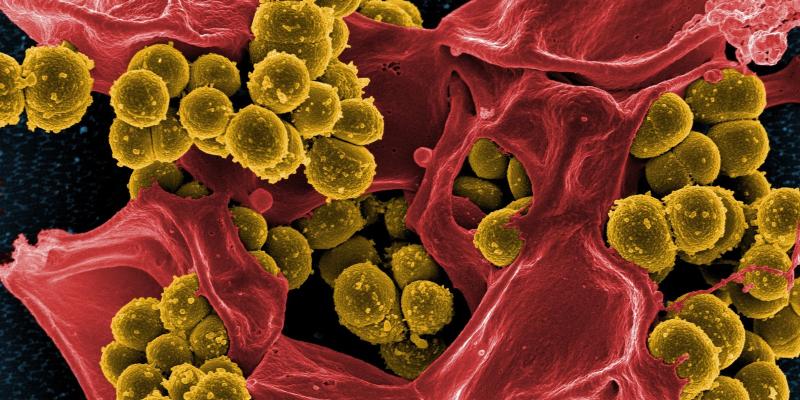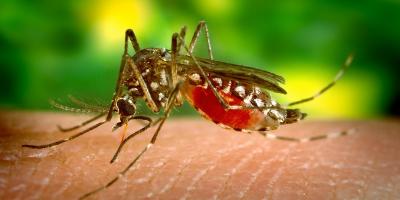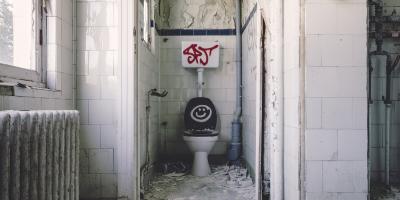Hospital-acquired infections cause medical complications and raise death rate. They also increase hospitalisation costs. The experts say they are unavoidable, but some can be prevented or limited in effect.
According to the Polish Society of Hospital Infections (PTZS) such infections are observed in 5 to 10 patients out of 100 hospitalised people, which results in prolonging hospitalisation by 5 to 10 days.
Surgical wards and intensive care units at risk
According to PTZS’s data, the most frequent infections are those of the urinary tract and pneumonia, as well as surgical site infections, and the greatest risk is encountered in surgical wards and intensive care units.
Not only patients, but also medical personnel, can be subject to infections. These can be single cases or outbreaks, if at least two cases of infection with an epidemiological link, caused by the same microbe, are discovered.
Dr Andrzej Koronkiewicz from the National Institute of Public Health - National Institute of Hygiene (NIPH - NIH) pointed out that some hospital-acquired infections might originate from the patient.
“When we’re dealing with a weakened immune system, e.g. as a result of immunosuppressive treatment, then the normal, previously harmless bacterial flora can also cause an infection," Dr Koronkiewicz added.
How can we prevent hospital-acquired infections?
PTZS emphasises that following hygiene procedures is vital in preventing infections – washing your hands, using surgical masks and disposable aprons. It is important to prepare and observe medical and hygienic procedures.
Skilled personnel is another essential factor – in an appropriate number and having passed dedicated training courses.
Wards should not be overcrowded. Also, facilities for isolating infected or possibly infected patients must be available. Disinfection and sterilisation methods must be followed and disposable medical devices (e.g. syringes, dressings) used.
Legal regulations
The regulations regarding prophylaxis and infection control are included e.g. in the Act on Infectious Diseases and Infections. It obliges medical facility managers to actively prevent hospital-acquired infections, register them and implement procedures for alleviating their effects.
Every medical facility should have an active Control Team for Hospital-Acquired Infections. Its tasks include the registration and monitoring of infections and rapid response to epidemic outbreaks.
The Team also conducts periodic internal check-ups, personnel training, and procedure monitoring, which should prevent risk factors from developing.
What is it like in practice?
“A compulsory registration system for hospital-acquired infections is in place in Poland and hospitals should notify a sanitary and epidemiological station of each case of infection, including information on the unit, patient, and pathogen," Dr. Koronkiewicz said.
He stressed that all healthcare facilities employ a series of procedures to prevent infections – from proper hand hygiene, the disinfection of mattresses, floors, and equipment, to check-up bacterial cultures from various surfaces, e.g. tables and lamps in the operating theatre, or the surgeon’s hands.
Constant epidemiological supervision is provided in hospitals by the State Sanitary Inspection.









Comments (0)